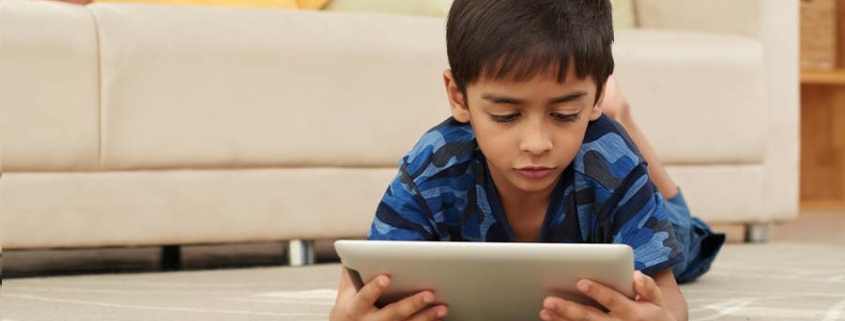Children and screen time: Part 1
How much screen time?
Safety of use of gadgets amongst children is a matter of debate and discussion especially in the recent years. During the recent pandemic, classes in schools shifted to the online mode of education. Children stayed indoors due to lockdown or out of safety concerns. Children and their caregivers often resorted to gadgets to keep them engaged and alleviate boredom. Does all this have an impact on the children’s eyes? Let us learn a little more about this.
Studies from many parts of the world have shown that increase in screen time is associated with many problems in the eye. First and foremost is the increase in onset of myopia or near sightedness. While myopia is a multifactorial condition, there is definite correlation between increase in gadget use and onset and progression of myopia. There appears to be some suggestion that children who use gadgets that are held close such as smart phones and tablets, may be at a higher risk for myopia. Number of hours of screen time has also been shown to increase onset of myopia and increase in the refractive error.
Some children with excessive smartphone use can develop a sudden onset of esotropia or inward deviation of the eye. There are several individual case reports of development of this type of squint, especially during the pandemic.
During near work, one tends to blink less. This is true for both reading printed material and screens, regardless of whether they are mobile phones, tablets, laptops or desktops. Screens also have an added element of brightness from the light. The reduced blink rate can lead to dry eyes especially if the screen time is excessive or continues without a break. This presents as eye rubbing, forceful blinking, and redness of discoloration of the eyes.
How to tackle this problem of increase in screen time and all the problems associated with it?



